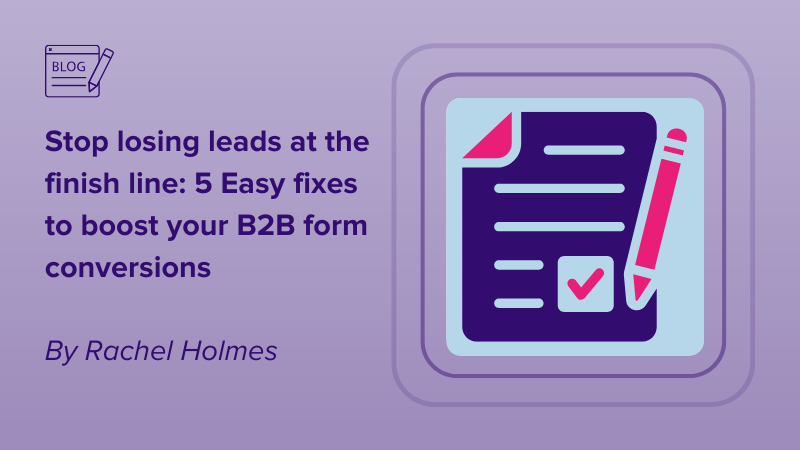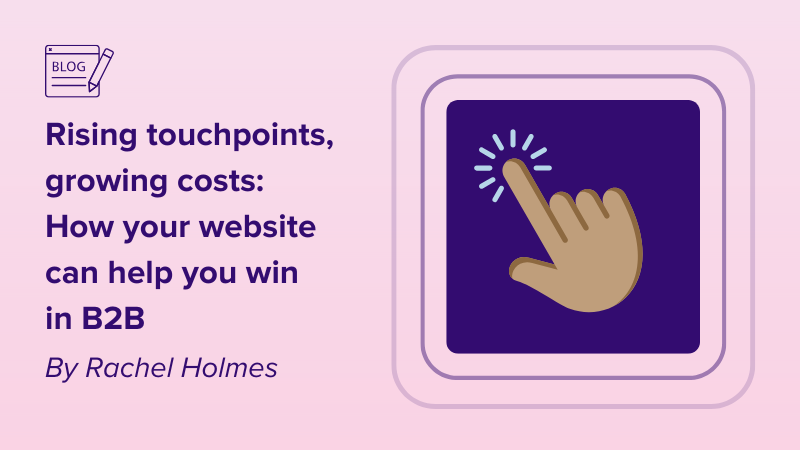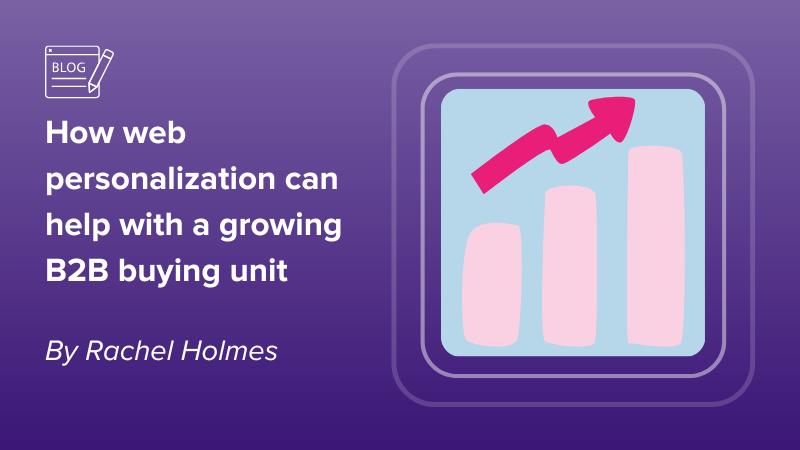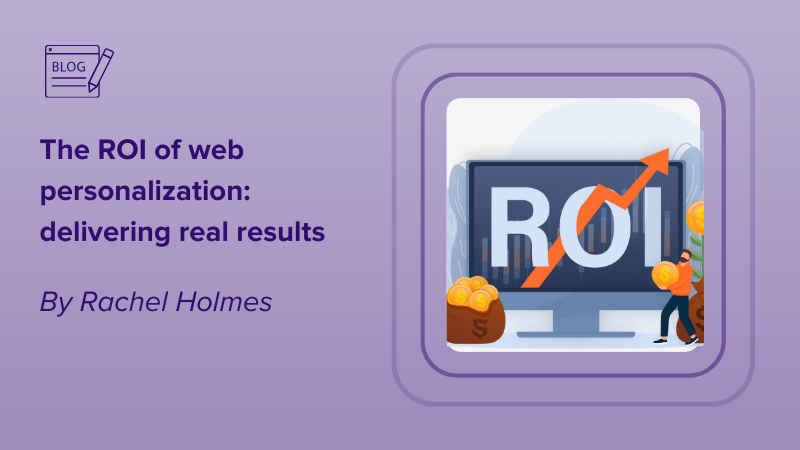Segmenting your value proposition and making it relevant to your audience can feel like an overwhelming and complex task – but it doesn’t need to be that way. By getting familiar with who your target audience is and the problem they’re trying to solve, crafting a compelling value proposition for each segment can be straightforward.
Step 1. Identify your TAM
Be clear with who you’re trying to reach. Understand the segments within your target customer and prospect base. Are you targeting multiple industry segments, or is there a diverse mix of personas that you need to resonate with? A one size fits all approach to your value proposition won’t gather the traction you need in a dynamic market.
Step 2: Understand the pain points for each of your audience segments
The best way to find out the needs and aspirations of your target audiences is to have a conversation with them. 1:1 interviews or small focus groups will give you a rich bed of qualitative insight, and the fluid nature of a conversation enables you to dig into topics in more detail. Surveys are a great stand-alone or follow-up activity to give you that all-important qualitative data, particularly if you have a large target addressable market (TAM). Good quality desk based research will give you a solid foundation of industry insights and emerging trends to help shape your questioning.
Step 3. Review your research with an open mind
Actively listen to what you’re hearing during the research phase and park any ingrained belief of what your target audience needs. You need to identify their pain points, and that might require you to run some additional research to get clarity on the challenges they are facing. The purpose of the value proposition is to assure your target audience that you understand their needs and have a solution to the problem they are trying to solve.
Step 4. Identify your competitive edge
List the specific challenges faced by each audience segment. How does your product or service answer that challenge, and set you apart from the competition? This will form the foundation of our value proposition.
Step 5: Be clear and concise
Keep your value proposition simple, clear, and specific to your audience segment. Avoid jargon and technical language that might confuse your audience. Make sure your message is focused on the benefits your offering brings to each segment and how it solves their unique problems.
Step 6: Start testing
Your website is a great place to start testing the impact of your value proposition. You’ll likely have a high volume of visitors so can get results fast, and will have a measurable set of data to make an informed decision and remain agile to changes in your market dynamic.
Segmenting your B2B value proposition doesn’t have to be daunting. By following these actionable steps and embracing website personalization you can ensure your value proposition remains relevant to each target audience segment. Remember, relevance is the key to winning over your audience.





